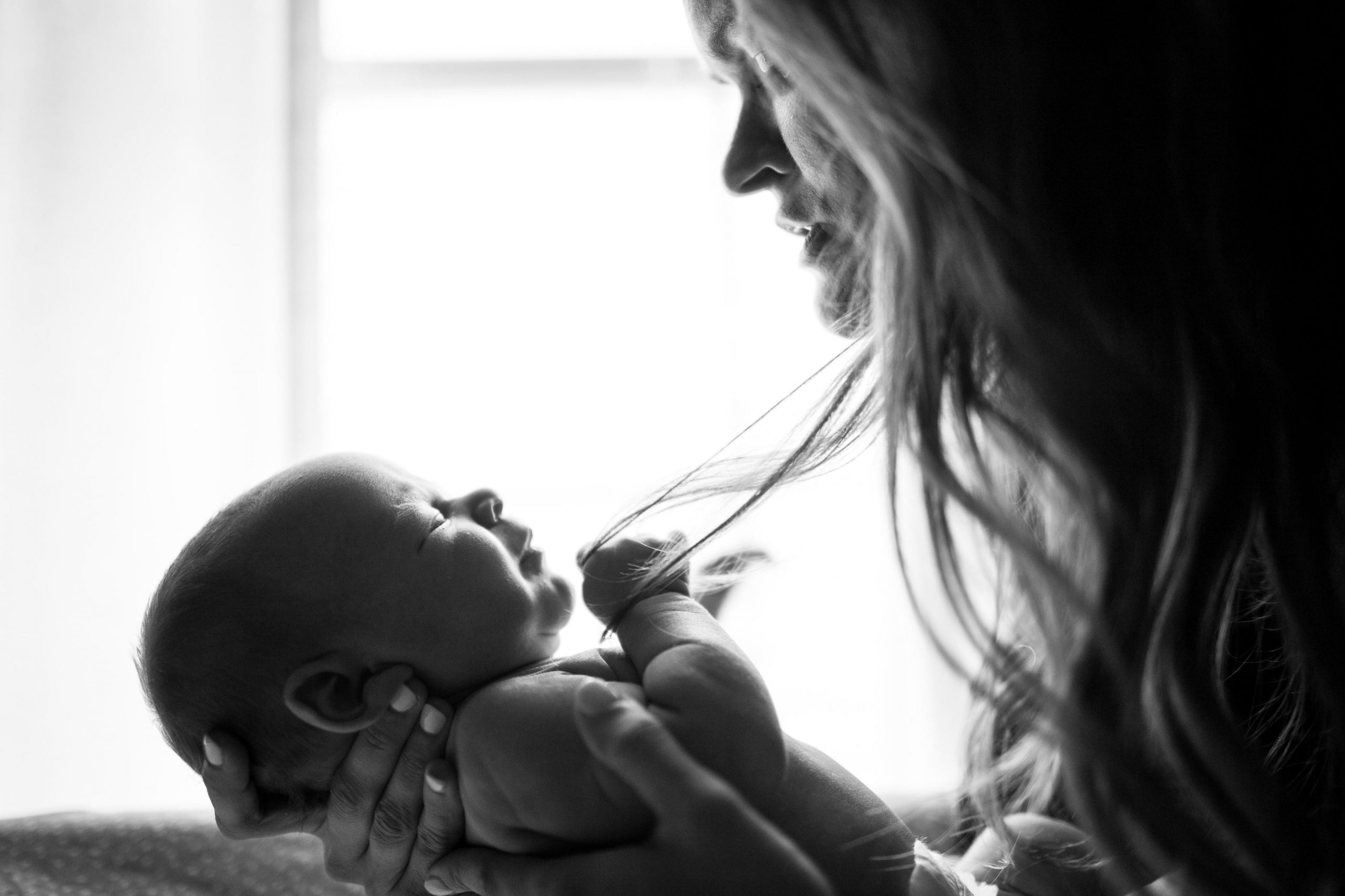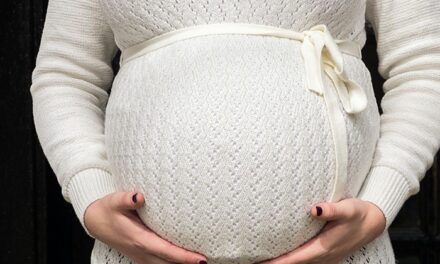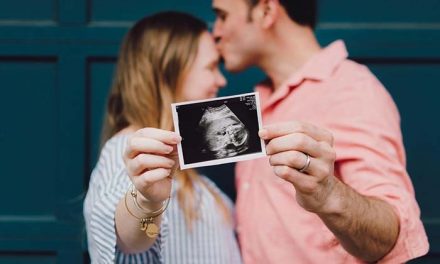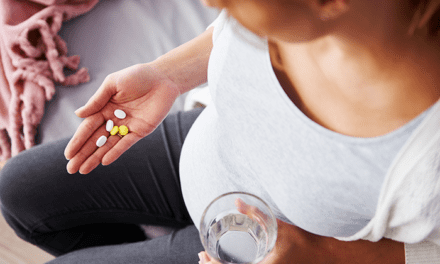Childbirth is a challenging process, and even more so for the woman giving birth. There are drastic changes that happen to your body, both physically and emotionally. You have to be extremely cautious during your postpartum recovery period as your body is healing from the birthing process. During this time, you might also experience a few complications. While some of these are normal, a few others might require medical attention. Here’s all you need to know about common postpartum complications.

It’s important to take extra care of your body after childbirth, especially if you’re facing any of the common postpartum complications.
Postpartum Hemorrhage
Bleeding during and after childbirth is a common occurrence. However, it could be a cause of concern if there’s excessive or heavy bleeding. One of the most common postpartum complications is postpartum hemorrhage. It usually occurs when the uterus has become infected, there are multiple births (twins, triplets, etc.), or after long labors. After the delivery of the placenta, if the uterus fails to properly contract or if there are tears in the uterus or vagina, it could lead to postpartum hemorrhage. Your doctor is likely to conduct a pelvic exam to determine the cause of hemorrhage and also test your blood for infection and anemia.
In some cases, postpartum hemorrhage could also begin a few weeks after delivery. This happens because a piece of the placenta might have remained in the uterus. In this case, the doctor might suggest surgery to remove the tissue. If you notice any heavy bleeding postpartum, it’s best to consult your doctor at the earliest.
Postpartum Infections
Uterine, kidney, and infection of the C-section incision are some of the common postpartum complications that many women experience. Uterine infection might occur when there’s an infection of the amniotic sac during labor. Symptoms like abnormally high white blood cell count, rapid heart rate, high fever, swollen or tender uterus, and foul-smelling discharge usually indicate uterine infection. The doctor is likely to prescribe intravenous antibiotics to control the spread of infection and to avoid further complications like septic shock.
Some women might also experience an infection of the kidneys that might lead to a constant need to urinate, lower backaches, or difficulty in urinating. If you’ve gone through a C-section delivery, you could also contract an infection at the incision site. Make sure to report to your doctor any unexplained fever that develops in the initial few weeks after delivery.
Incontinence And Constipation
The muscles that are used to keep urine from passing involuntarily are the same muscles that are involved in pushing the baby through the cervix. Naturally, these pelvic muscles can be sore after birth, and as a result of which you might experience urinary incontinence. It might get difficult to control urine from leaking out. You could experience this especially during activities like laughing, straining, or coughing. Over time, your muscle tone is likely to return to normal and stop this incontinence. You can also do some Kegel exercises to hasten the process.
In some cases, you might also experience fecal incontinence. But there’s nothing to worry about, as this, too, is likely to improve over time. Apart from incontinence, you might also experience postpartum constipation. You might experience constipation from the last few weeks of pregnancy itself, and it may prolong for a few weeks post-delivery too. Changes in diet, keeping yourself hydrated, and focusing on light physical exercise can help deal with these conditions.
Breast Pain And Tenderness
Breast engorgement, clogged milk ducts, and mastitis are some common postpartum complications that many women could experience. Once your milk comes in after delivery, your breasts are likely to become very large, hard, and sore. However, once you establish a breastfeeding pattern, this engorgement is likely to ease. If you aren’t breastfeeding, then you might have to make use of over-the-counter pain relief medications.
Some women could also experience mastitis or breast infection. You might notice a tender, reddened area on the breast that may be accompanied by headache, fatigue, and nausea. Know that mastitis does not affect your breast milk, so you can continue breastfeeding as usual. You could also have clogged milk ducts, that present similar symptoms as mastitis. However, the flu-like symptoms might not be an occurrence with clogged ducts. Breast massage, warm and cold packs, and comfortable bra and clothing can help bring relief to breast pain.
Vaginal Pain and Discharge
For the first few weeks after delivery, you’re likely to notice a bloody discharge from your vagina. Known as lochia, this discharge mainly consists of blood and the remains of the placenta. Initially, the discharge will be bright red and could include clots of blood. Over the next few weeks, the flow, as well as the color, will eventually become lighter. From red, it will gradually turn pink, then white or yellow before it stops altogether. If you’ve had a vaginal delivery, then you could also experience some vaginal pain during the healing process.
Postpartum Depression
One of the other common postpartum complications is postpartum depression. Now it’s important to not confuse postpartum depression with baby blues. Women can experience a whirlwind of emotions after giving birth. This could range from feeling low and anxious to feeling angry and overwhelmed. When you’re experiencing this moodiness only for a few weeks post-delivery, then it’s a case of baby blues. However, if these depressive thoughts persist for longer, you might be experiencing postpartum depression.
The changes in hormone levels coupled with the responsibility of taking care of a newborn could give rise to depression. It’s characterized by feelings of anxiety and distress, while some women could also have suicidal thoughts. Apart from depression, women might also experience PMADs or perinatal mood and anxiety disorders. It’s best to reach out for help at the earliest if you notice any symptoms of depression. This is necessary to safeguard both the child and the mother.
Discomfort During Sex
After giving birth, you can resume your sexual activity when you feel comfortable, both physically and emotionally. Regardless of the birth you’ve had, your doctor will probably advise you to wait for around 4 to 6 weeks till your body heals from the process.
You might feel uncomfortable having intercourse or may even experience pain for a few months post-delivery. If you’ll be breastfeeding, your vagina may be unusually dry during the postpartum period. That’s because breastfeeding reduces the estrogen levels in your body and that could affect your sex drive as well.
Other Issues
Apart from these common postpartum complications, some women might also face a few other issues. These include stretch marks, hair loss, and sleep deprivation. Some women might even experience postpartum C-section pain if they have gone through that kind of delivery. The incision that is sewn with medical sutures may take time to heal and it might be painful to touch for a couple of weeks.
Perineal pain or episiotomy pain is also something that women might experience after giving birth. The perineum is the area of skin and muscle that’s present between the vaginal opening and the anus. During the recovery period, you could experience dull pain and tenderness in that region. Ice pack treatments and warm baths can help soothe perineum pain. Do reach out to your doctor if that region becomes itchy or swollen.

For the well-being of the child and mother, it’s best to reach out to your doctor at the earliest if you notice any severe postpartum complications.
Conclusion
Giving birth is far from being an easy process. Along with bodily changes, there are a number of emotional and mental changes that women could experience after giving birth. That’s why it’s important to take care of your health not only during the pregnancy phase but also during the postpartum period.
These common postpartum complications could be a part of your recovery process. But make sure to reach out to your doctor in case you notice any sudden changes or experience pain with any of these complications. As for keeping a tab on your child’s health, you can make use of apps like ImmunifyMe. The app will help you keep digitized records of your child’s immunizations and send you timely vaccination reminders as well.
FAQs On Common Postpartum Complications
What Are Some Common Postpartum Complications?
Some of the common postpartum complications are:
- Postpartum Hemorrhage
- Postpartum Infections
- Incontinence And Constipation
- Breast Pain And Tenderness
- Vaginal Pain and Discharge
- Postpartum Depression
- Discomfort During Sex
Apart from these, some women could also face other issues like hair loss, stretch marks, sleep deprivation, perineal pain, and postpartum C-section pain.
What Are Postpartum Infections?
One kind of postpartum infection is puerperal infection. It occurs when bacteria infect the uterus and the surrounding areas after a woman gives birth. Some women might also experience other infections after giving birth. These could be urinary, kidney, or vaginal infections.
What Are Normal Postpartum Symptoms?
Some symptoms that you could experience during your postpartum recovery are:
- Abdominal pain
- Hormonal shifts
- Baby blues
- Hemorrhoids
- Perineum soreness
- Constipation
- Sore nipples and breasts
Most of these symptoms are a part of postpartum recovery. However, if you notice a sudden change in symptoms or experience a lot of pain, it’s best to consult your doctor immediately.
How Do You Prevent Postpartum Complications?
While there aren’t sure ways of preventing common postpartum complications, you can take a few steps to minimize your risk. These include being in regular touch with your doctor and keeping a tab on your postpartum recovery. Additionally, make sure to follow and maintain a healthy lifestyle and focus on your diet and exercise.







Definitely, what a fantastic website and revealing posts, I will bookmark your blog.Best Regards!